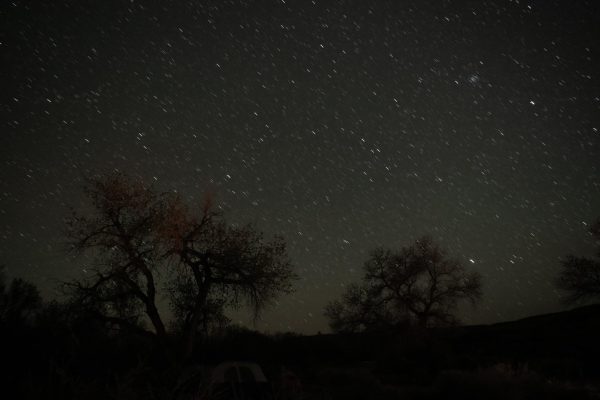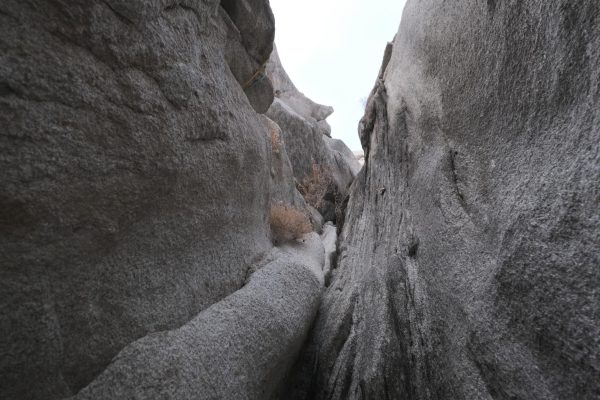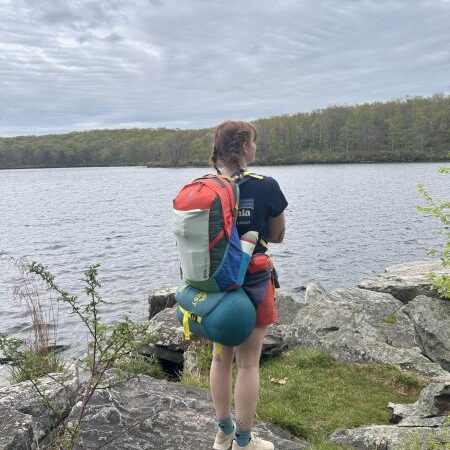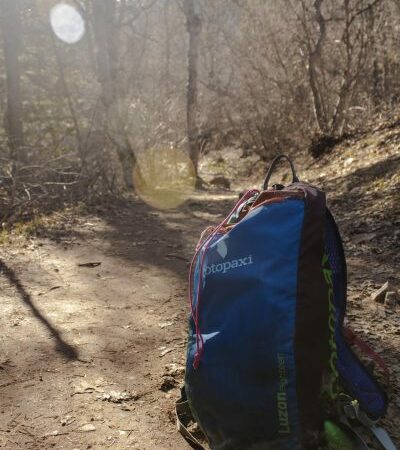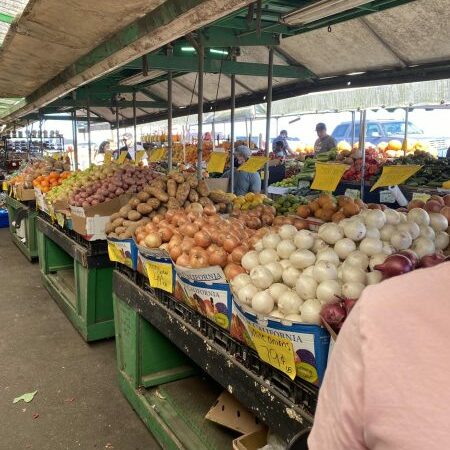Environmental Injustice in the Salt Lake Valley
Utah is host to one of the most beautiful natural environments in the world, as well as top-notch recreation opportunities: the Wasatch mountains, the southern deserts, and our five natural parks give us Utahns unparalleled access to the outdoors. When we think of Salt Lake City, we envision stunning mountain vistas and epic outdoor adventures. But behind that picturesque backdrop lies a story of environmental injustice that’s impacting our communities, especially those that are often overlooked.
PM2.5, or fine particulate matter with a diameter of 2.5 micrometers or less, poses significant health risks due to its ability to penetrate deep into the respiratory system. Derived from diverse sources including vehicular emissions, industrial activities, and natural processes, PM2.5 pollution is a critical determinant of ambient air quality. The unique topography of the Salt Lake valley has a detrimental impact on air quality: situated in a valley, wind circulation patterns result in a layer of cold air getting trapped under a layer of warm air. Think about the warm air acting as a lid. All of the car emissions, factory discharge, gas for heating homes, and countless other sources of energy outflow remain trapped in the valley. The toxic air ruminates, and PM2.5 seeps into our lungs.
Now, picture this, you’re hiking The Living Room, taking in the fresh mountain air, when suddenly you hit a wall of smog. That sunset you were looking forward to? Nowhere to be found. The sun is hidden behind a dense haze. Your hike is ruined, but that’s the daily reality for many folks living in Salt Lake City, especially on the west side. Home to our interstate highways, the airport and denser concentration of factory warehouses, the west side is also the lowest part of the Salt Lake Valley. So, when the air gets smoggy (especially during times of inversion), the west side is the last part of town to get fresh air replenished.
It is abundantly clear that when it comes to air quality in Salt Lake City, not all areas are created equal. The communities in the west side aren’t, either. Uncoincidentally, west side residents are predominantly Hispanic and Black. This reality stems from a concept called redlining. The term comes from the practice of literally drawing red lines on maps to mark off neighborhoods where lenders would not invest. This unfair practice has historically resulted in minority communities being denied access to loans, mortgages, and other financial services, perpetuating segregation and economic inequality. These “redlined” neighborhoods are often situated in areas that are more exposed to environmental hazards. Redlining has been banned since 1968, but that didn’t really change anything. Minority and low-income families were funneled into these neighborhoods decades ago, and a passing of a law can’t undo that.
Think about recess. Think about summer days at the park, swinging on the swing set and playing tag. Kids living on the west side, 3+ generations after redlining was banned, are still paying the price. Even short-term exposure to elevated PM2.5 can lead to acute cases of bronchitis, higher rates of asthma, and heart disease. Longer exposure (which is inevitable growing up in these communities), reduces lung function as well as drastically increases the risk of cancer.
There is nothing fair about this, but it can be addressed. However, before any change can be instilled, the issue must first be acknowledged. Most outdoor enthusiasts in the Salt Lake area all know about the gondola proposals for the Cottonwood Canyons, and how they would impact our access to the mountains. This issue has gained massive popularity among residents, amassing thousands of residents to voice their concern about the plan to legislators. The fight to stop the plan of installing a gondola is proof that the Salt Lake community has the power to come together and fight for change. There is no reason we cannot do the same to address environmental injustice, an issue that affects way more individuals than the ski and snowboard enthusiasts who head up the canyon on winter weekends.
We have a responsibility to ensure that our community is one where everyone, regardless of race or socioeconomic status, can thrive in a healthy and equitable environment. Shrugging this issue off and sweeping it under the rug is the easy option, but we’ve already been doing that for decades. We must acknowledge it, and then we must figure out how to change it.
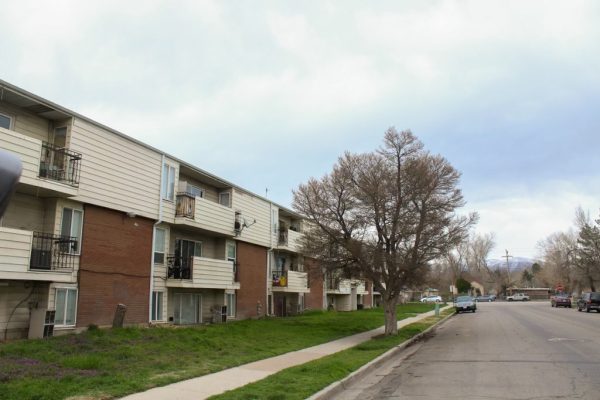
The post Environmental Injustice in the Salt Lake Valley appeared first on Wasatch Magazine.
Source: https://wasatchmag.com/environmental-injustice-in-the-salt-lake-valley/
